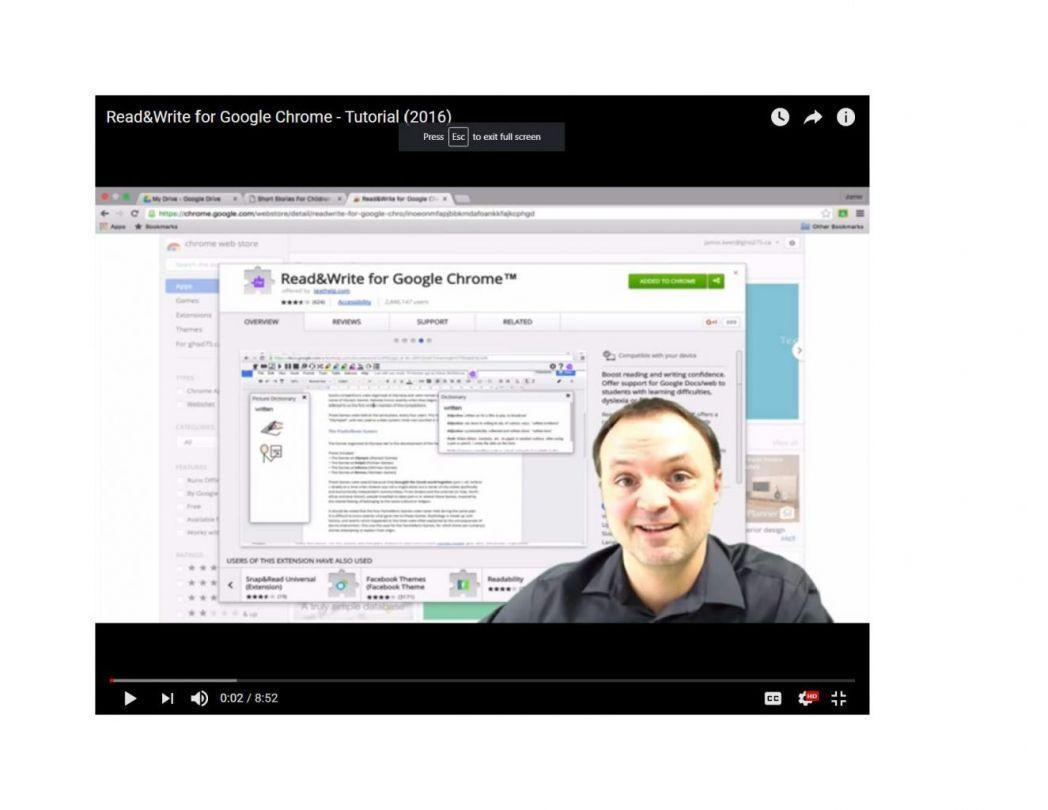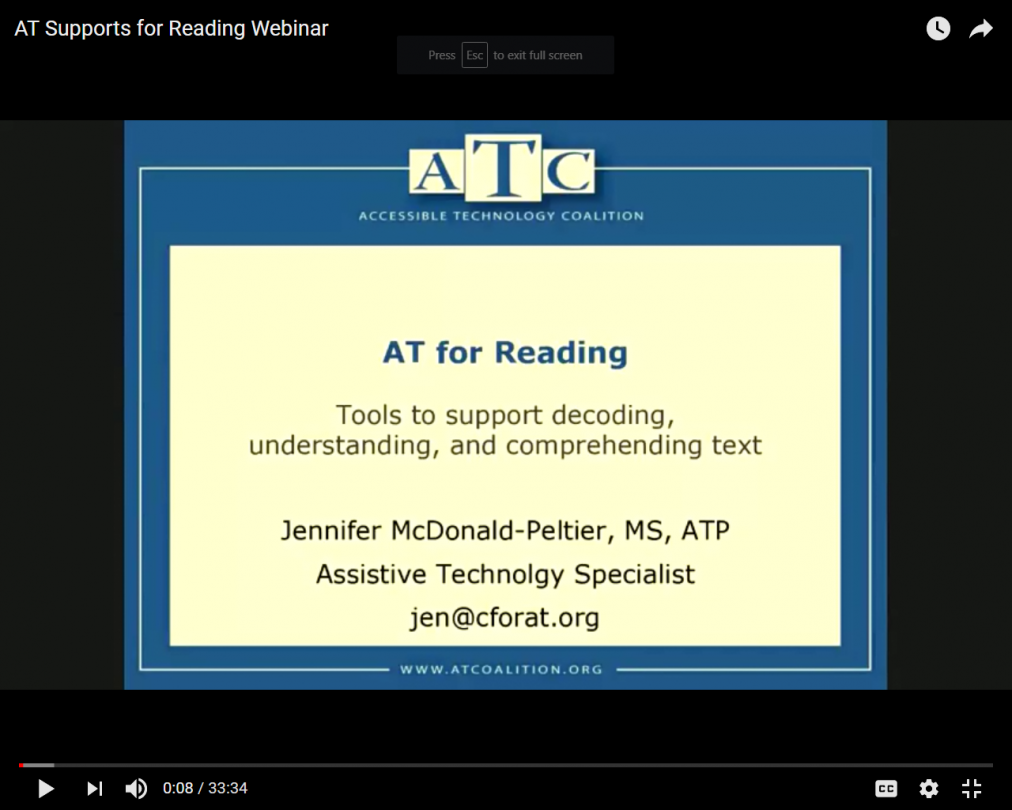Assistive Technology
The Ashburnham Westminster Regional School District adheres to all regulations and requirements to consider the assistive technology needs of all students with disabilities (20 U.S.C.1414(d)(3)(B)(v)).
Assistive technology device means any item, piece of equipment, or product system, whether acquired commercially off the shelf, modified, or customized, that is used to increase, maintain, or improve the functional capabilities of a student with a disability.
Assistive technology service means any service that directly assists a student with a disability in the selection, acquisition, or use of an assistive technology device. The term includes:
- The evaluation of the needs of a student with a disability, including a functional evaluation of the student in the student's customary environment;
- Purchasing, leasing, or otherwise providing for the acquisition of assistive technology devices by students with disabilities;
- Selecting, designing, fitting, customizing, adapting, applying, maintaining, repairing, or replacing assistive technology devices;
- Coordinating and using other therapies, interventions, or services with assistive technology devices, such as those associated with existing education and rehabilitation plans and programs;
- Training or technical assistance for a student with a disability or, if appropriate, that student's family; and
- Training or technical assistance for professionals (including individuals providing education or rehabilitation services), employers, or other individuals who provide services to, employ, or are otherwise substantially involved in the major life functions of that student.
| Resources |

WHAT IS ASSISTIVE TECHNOLOGY?
Generally, Assistive Technology (AT) is any device, software, application or equipment that helps people with disabilities overcome barriers so they can learn, communicate and essentially function better. For example, computer software or applications that read aloud text from a computer is AT. A keyboard for a child with handwriting issues is also considered AT.
AT tools can help kids overcome their barriers, while also playing to their strengths. AT is particularly important for kids who struggle with reading, writing, math and other issues. AT helps these students become more successful, productive, confident, independent individuals.









